한식 읽기 좋은 날
Vol 60. The Joy of Grilling
Preserving the Flame-Scented Chewiness of Tteokgalbi
HANSIK Master
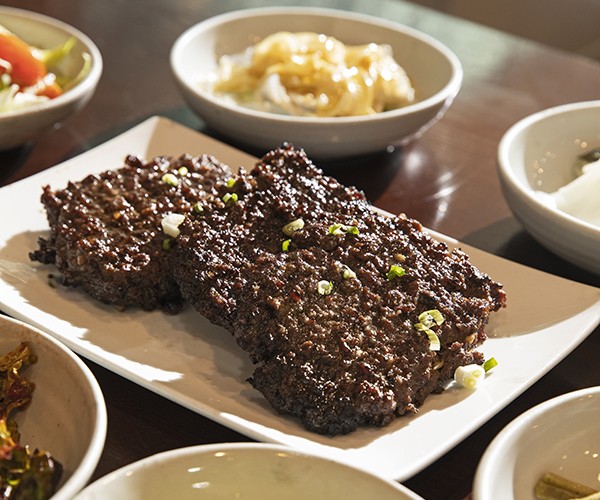
Although the area’s symbolism is not as strong today due to the relocation of US military bases in Korea and ensuing exodus of military service members, Dongducheon is still associated by most Koreans with the US military and military towns, which were called “camptowns” in Korea. The city has another famous element: Songwolgwan’s tteokgalbi (grilled short rib patties), which boasts a 70-year history. The soft, chewy texture and flame-scented tteokgalbi continues to attract foodies from all over the country to Dongducheon. This month, we met with Korean Grand Master Song Seongja to learn more about the secrets of her tteokgalbi.
Article Seo Dongchul (Editorial Team) Photos Lee Daewon (SSAUNA Studio)
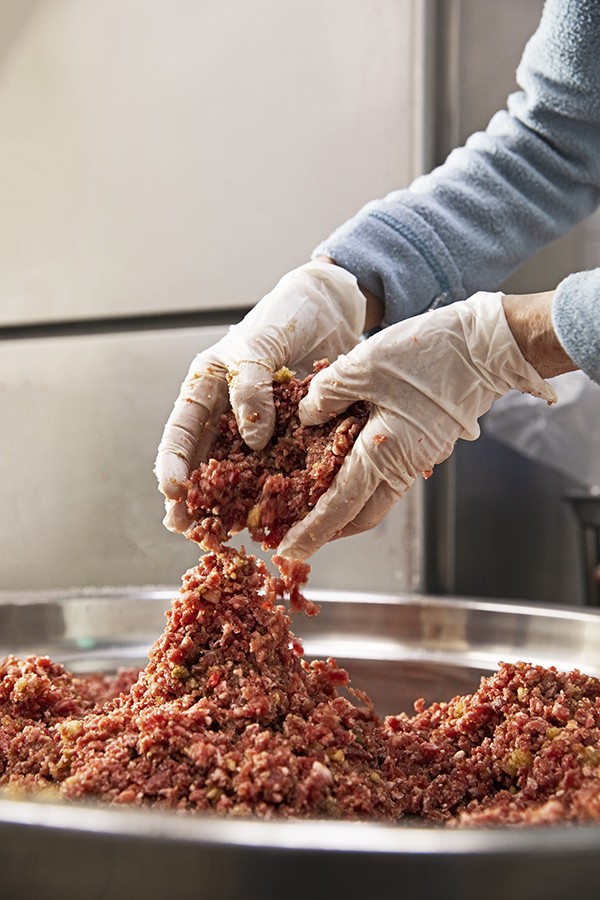
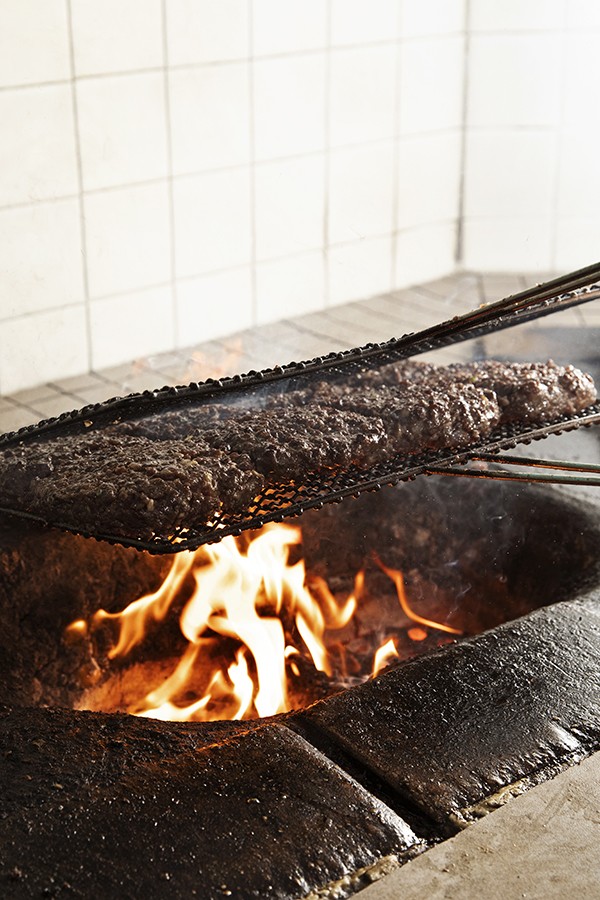
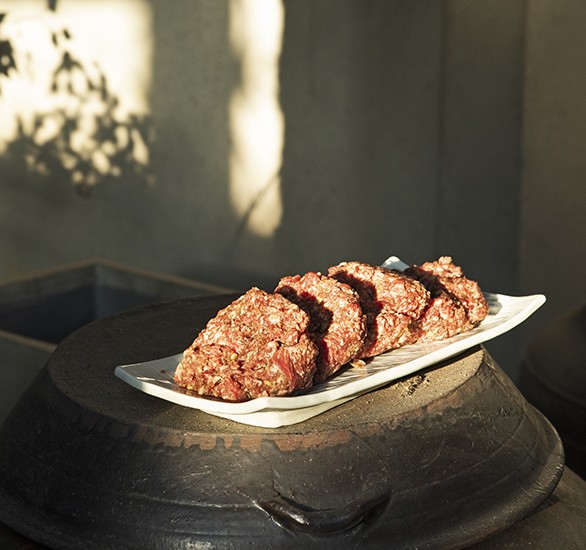
Q. Songwolgwan’s tteokgalbi has survived for almost 70 years, having been passed down to you by your mother-in-law. The restaurant’s history must be as colorful as it is long.
My parents-in-law had a big age difference. My father-in-law passed away quite young, meaning that his wife had to become the breadwinner. My mother-in-law, an accomplished cook, then began selling food. There was nothing that she couldn’t make well, whether it was janchiguksu (banquet noodles) or sundae (blood sausage). What she ended up choosing was beef galbi.
Songwolgwan opened its doors in 1954. In the aftermath of the Korean War, everyone was poor. There were very few, if any, who could afford costly Korean beef. The only time that most people could enjoy beef was Chuseok and Lunar New Year. Dongducheon urbanized very quickly due to the arrival of the American troops. The soldiers, as well as the locals employed by the army base, always had plenty of money to spend, which meant that Songwolgwan did well. Today, business has diminished somewhat due to the military service members leaving the area en masse. At the time, however, we gained a reputation through word-of-mouth “advertising” by the American soldiers. We had customers from not only Dongducheon and neighboring cities but also Seoul. We still see customers from those years returning to Songwolgwan with their children and grandchildren.

Q. Your history with tteokgalbi began after getting married in 1973. Do you remember your first impression of it?
I am from Jecheon-si Chungcheongbuk-do, and I was 25 when I got married. I’d never seen tteokgalbi before then. Because beef was very rare at the time, I was surprised to be able to eat it on a day that was neither Chuseok nor Lunar New Year. I also remember how delicious it was. I soon realized, however, that the process required to make this dish was long and arduous. When a rack of ribs was delivered, it was first hung from a tree on an iron hook. The sight of blood dripping from the meat and the iron hook was nightmarish. Today, we freeze the meat for two days after it is butchered before bringing it into the restaurant. Back then, it was used without freezing. You could see the flesh moving slightly because the nerves were still alive. Every day, I had to slice and mince such meat with a knife. It made me regret marrying into this family!

Q. How did Songwolgwan begin making tteokgalbi? I understand that the entire process—from de-boning to pounding, making patties, and grilling—is done manually.
This is what I heard from my mother-in-law. At first, like other galbi restaurants, Songwolgwan sliced the rib flesh into thin sheets and then grilled them. This type of slicing, however, requires a lot of expertise. My mother-in-law eventually decided to give up slicing the meat into thin sheets and started mincing it with a knife, submerging it in seasoning, re-attaching it to the bones, and grilling it. The thick, rectangular patties looked a lot like sirutteok (steamed rice cake). Customers would order by saying, “One tteok, please!” This is how it started being called “tteokgalbi.”
There are two challenges in making tteokgalbi this way. The first is arm pain. Because we do not use any mechanical help, mincing the meat with a knife for long periods of time is quite difficult. The second is having to grill over a briquette fire in the middle of summer. You literally sweat buckets. It’s hard to believe that, despite these hardships, we’ve been making tteokgalbi for 50 years.
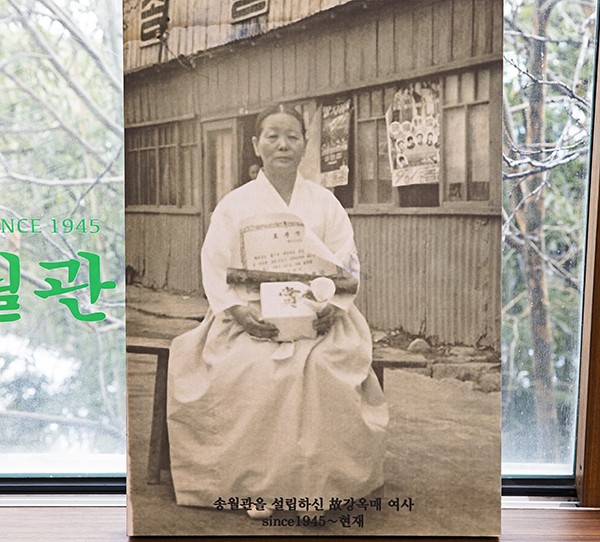
Q. What do you think is the most important part of making tteokgalbi? What is it that makes Songwolgwan’s tteokgalbi unique?
We are very picky about our ingredients—it’s a stubbornness that began with my mother-in-law. The first rule we never bend is to purchase ribs only in racks and use meat only from those ribs. That is why our tteokgalbi has both the softness of minced meat and the chewiness of rib meat. We also remove all of the fat and sinews by hand and, to maintain the tteokgalbi’s savory flavor and texture, use a combination of Korean and Holstein beef. The meat of Korean cows is soft because there is a lot of marbling, while Holstein meat has less marbling and more lean meat. Combining these two types results in tteokgalbi that has just the right amount of oiliness. If the meat is too oily, it burns too soon. If there’s not enough oil, it’s difficult to chew. I guess our “secret,” in this sense, is knowing how much oil is best.
Furthermore, as I mentioned earlier, we do not use machines to mince the meat. That is because machine-crushing flattens the meat, making it inedible. When done manually with a knife, you can adjust the extent to which you mince because you can feel how tough or soft the meat is. For example, meat has less moisture in the winter and more moisture in the summer, and you have to mince it differently depending on the water content.
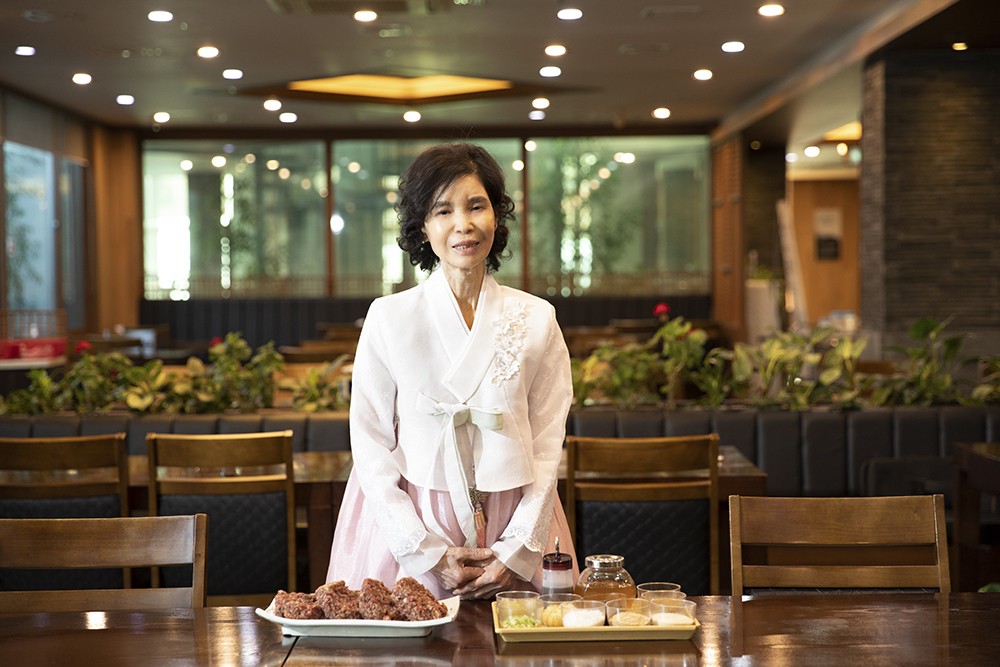
Q. How do you make your seasoning? Do you have a preferred grilling method?
The seasoning for Songwolgwan’s tteokgalbi has a cleaner aftertaste than that of other tteokgalbi because we do not use soy sauce. Because we use an organic sauce that, among other things, includes plum extract, the meat has a fresh, pleasant smell and none of the unpleasant odors that beef can sometimes have. Our seasoning also includes jujube extract, sesame oil, kiwi, garlic, pepper, and organic salt. We grill with a briquette fire. A charcoal fire is good, but has the disadvantage of being difficult to control. A briquette fire is easy to manage and, unlike charcoal, doesn’t produce grainy ash that can float around in the air. This makes it easy to give the meat a “flame scent.” We grill on a gridiron for about 12 minutes per piece, during which time you have to constantly flip the patty over so that the surface doesn’t burn and the inner meat cooks fully.
Q. What foods do you think best complement tteokgalbi?
At Songwolgwan, we serve tteokgalbi with galbitang (short rib soup), because the richness of the broth accentuates the scent of the meat. It’s even better to enjoy these with vegetables. Baekkimchi (white kimchi) goes well with tteokgalbi because of its mild, refreshing flavor. Lettuce tossed with a spicy seasoning whets the appetite, as does pickled cabbage. Customers like our yangjangpi (assorted vegetables and meat/seafood with mustard sauce), which includes chicken and cucumbers, and tomato jangajji, which we make by pickling green tomatoes in salt, submerging them in sugar, and then coating them in pepper paste or soybean paste.
Q. Is there a reason that you haven’t expanded Songwolgwan to other locations? What are your plans for the future?
We didn’t make ourselves into a franchise. We also do not make deliveries. The reason is because I want to maintain the taste of Songwolgwan’s tteokgalbi. Songwolgwan takes a lot of pride in the fact that we are unrivaled in our use of good ingredients to make delicious tteokgalbi. After being designated as a Korean Grand Master in 2020, I am working on passing down the trade to my oldest daughter. We’ve been around for 70 years, and I hope to work with my daughter to get to 100 years!
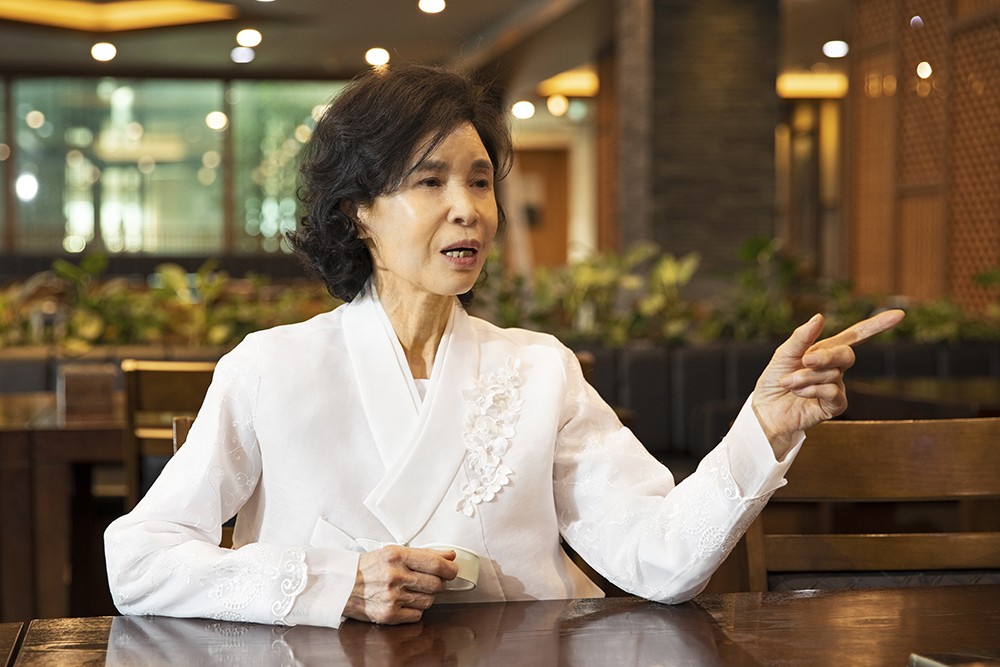
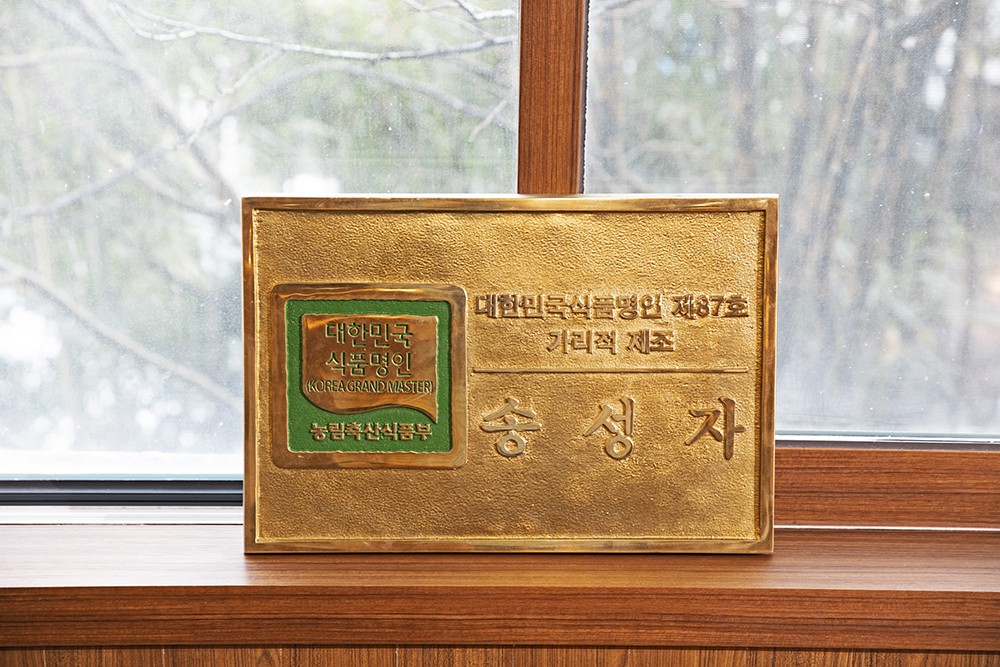
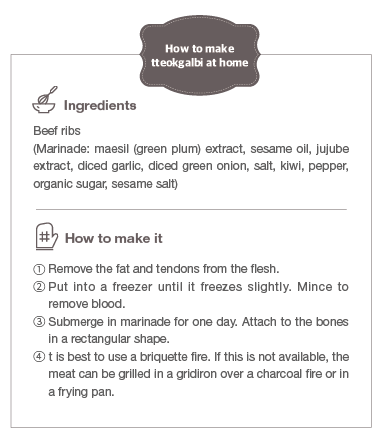

 한국어
한국어
 English
English






